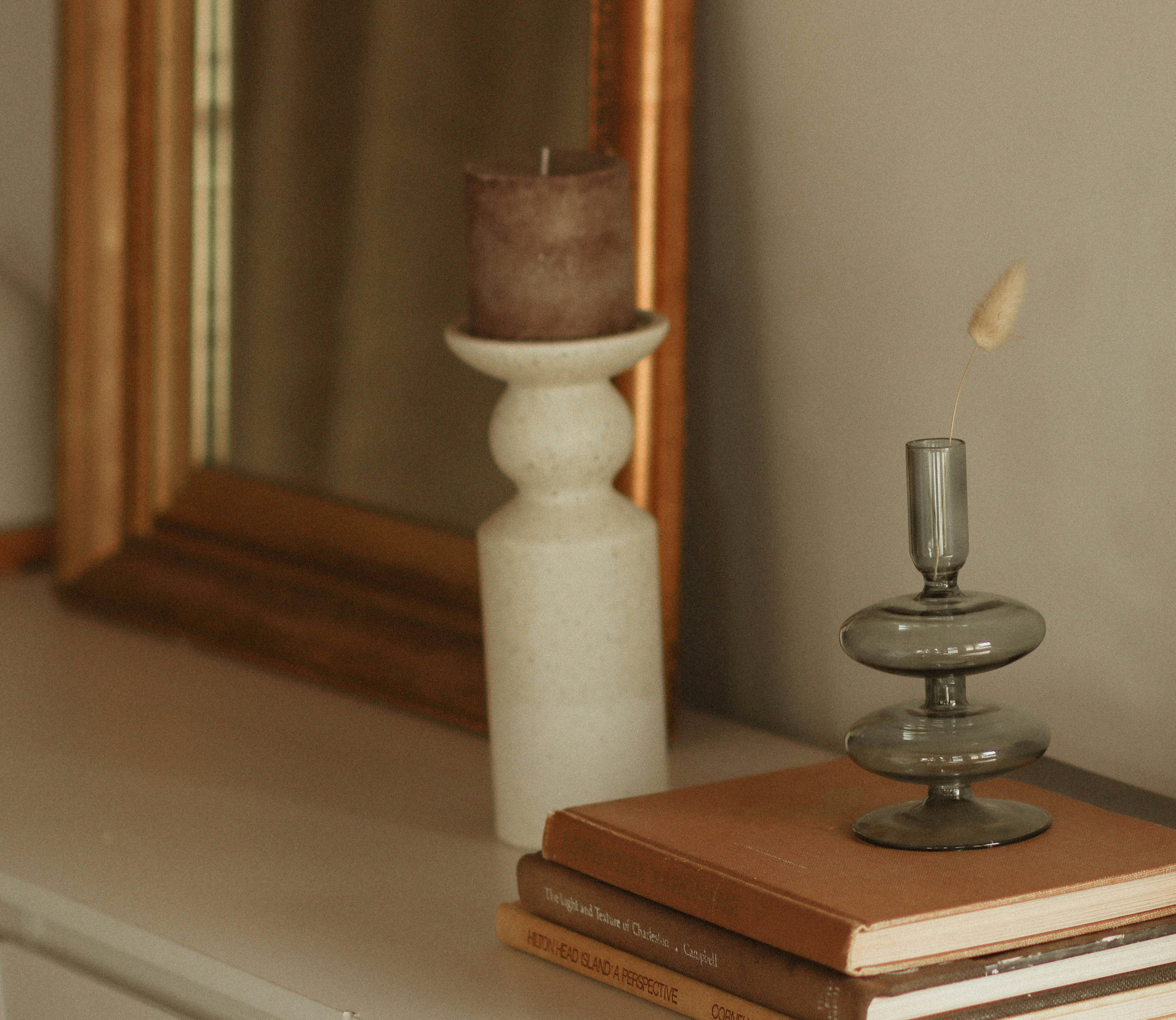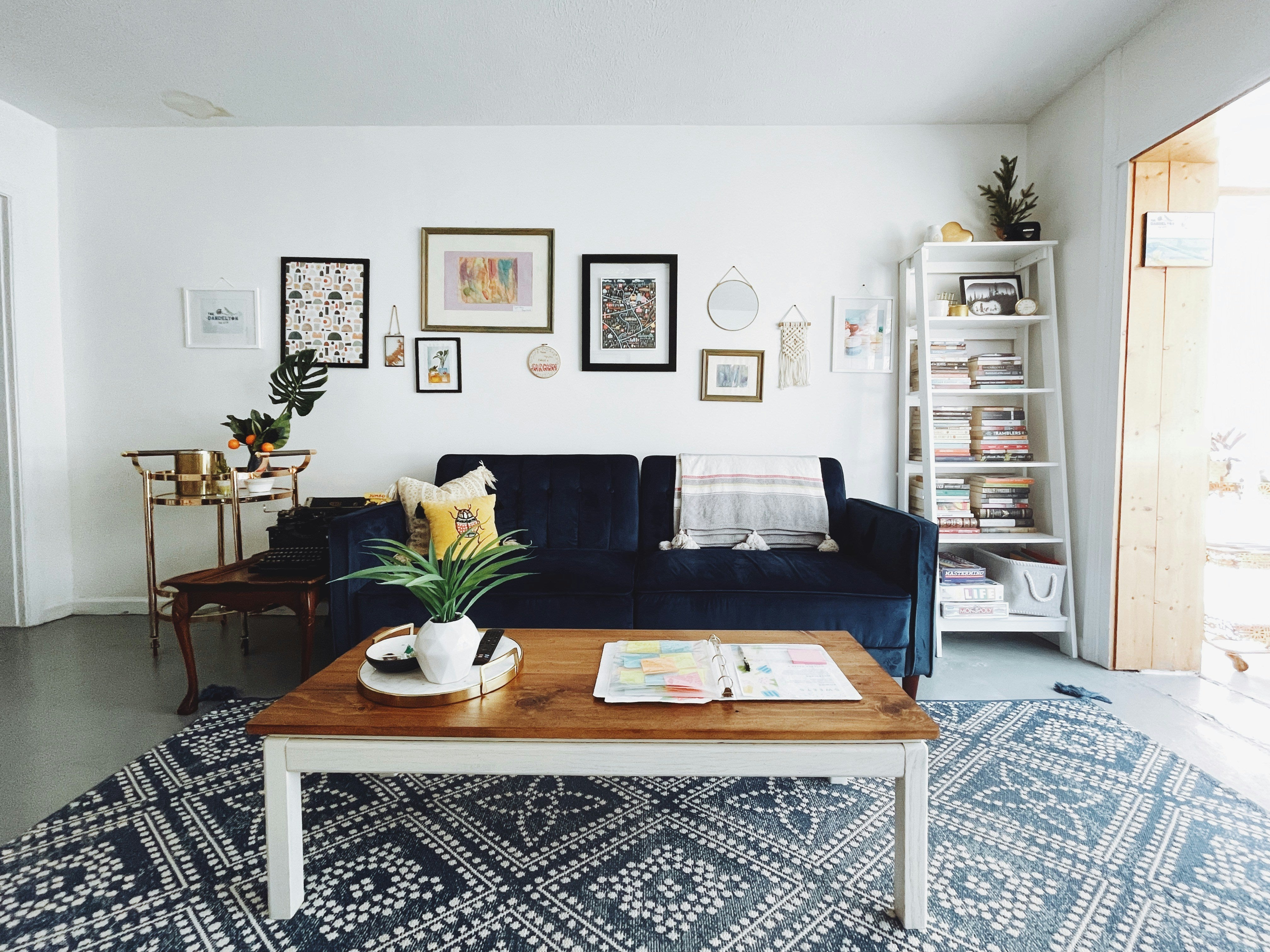Introduction
Home is more than just a physical space - it is the environment that shapes our emotions, mindset, and overall quality of life. A thoughtfully designed and well-organized home can transform ordinary rooms into sanctuaries of peace, creativity, and balance. Studies in psychology and interior design consistently show that the way we arrange and decorate our surroundings directly impacts stress levels, concentration, and even relationships with those we live with.
This article explores four essential pillars of home décor - organization, color, lighting, and personal touches - and explains how each of them can influence our mental clarity and emotional well-being.

Organized Spaces Reduce Stress
Clutter does more than take up physical space—it creates mental noise. Walking into a disorganized room often leads to feelings of chaos, distraction, and even anxiety. On the other hand, tidy and well-structured environments promote calmness and focus.
- Decluttering as therapy: Simplifying your surroundings by removing items you no longer use helps reduce decision fatigue and gives the mind room to breathe.
- Creating open areas: Empty spaces are not wasted; they allow natural energy to flow freely and make rooms feel more spacious and breathable.
- Functional storage solutions: Shelves, baskets, and multipurpose furniture help keep everyday items accessible yet out of sight, maintaining order without sacrificing practicality.
By keeping spaces organized, you set the stage for reduced stress, improved productivity, and a home that feels welcoming rather than overwhelming.
The Psychology of Colors: Choosing the Right Palette
Colors are far more than aesthetic choices—they have the power to influence emotions, moods, and even physical responses. Understanding color psychology allows you to intentionally design spaces that align with your personal needs.
- Warm colors (yellow, orange, red): These tones are energetic and stimulating. They are perfect for areas where you want vibrancy and activity, such as kitchens or living rooms.
- Cool colors (blue, green, lavender): Known for their calming and soothing effects, cool tones are ideal for bedrooms, meditation corners, or study spaces.
- Neutral shades (beige, white, gray): Neutrals bring balance and flexibility. They create a backdrop that allows furniture and accessories to stand out while promoting a clean and timeless atmosphere.
- Combining colors for harmony: Pairing warm and cool tones prevents monotony and builds an environment that feels both dynamic and restful.
Selecting the right color scheme ensures your home not only looks beautiful but also supports your mental and emotional state.

Lighting: The Invisible Force That Shapes Mood
Lighting is often underestimated in décor, yet it plays a crucial role in how a room feels and functions. The quality, warmth, and placement of light sources can dramatically shift the mood of a space.
- Natural light: Sunlight is the best source of illumination. It boosts energy, regulates circadian rhythms, and enhances concentration. Large windows, sheer curtains, or even mirrors can maximize natural light flow.
- Warm lighting: Soft, yellow-toned lights are perfect for living rooms and family spaces, creating a cozy and inviting atmosphere.
- Cool white lighting: Brighter, white-toned lighting is suitable for study areas, kitchens, and offices where focus and clarity are essential.
- Ambient and accent lighting: Layering different light sources—such as floor lamps, wall sconces, and pendant lights—adds depth, flexibility, and character to rooms.
Investing in thoughtful lighting design helps create distinct moods for different spaces, ensuring that each room serves its intended purpose effectively.
Scientific studies have shown that pet owners report higher levels of happiness and life satisfaction compared to non-owners.
Small Touches That Make a Big Difference
Sometimes it’s the smallest details that bring the greatest joy. Personalized décor and simple accessories transform a house into a true home filled with warmth and identity.
- Indoor plants: Greenery introduces life into a room, improves air quality, and naturally reduces stress. Plants like peace lilies, snake plants, or succulents are low-maintenance yet highly impactful.
- Artwork and decorative pieces: Paintings, photographs, or handcrafted items reflect personality and spark inspiration. They serve as daily reminders of memories, passions, or aspirations.
- Textiles and soft furnishings: Throw pillows, rugs, and blankets add layers of comfort and texture, making spaces feel more inviting and lived-in.
- Scents and sounds: Candles, essential oils, or soft background music enhance the sensory experience of being at home, turning ordinary routines into moments of relaxation.
These small elements are not about luxury but about creating an emotional connection with your environment—something that makes you look forward to being home.

